Grow Fresh Parsley Daily: Imagine stepping outside your door and snipping fresh, vibrant parsley to elevate your meals. No more wilted bunches from the grocery store! This isn’t just a dream; it’s an achievable reality with a few simple home gardening tricks. For centuries, parsley has been more than just a garnish. The ancient Greeks crowned victors with parsley wreaths, symbolizing triumph and celebration. Today, we celebrate its culinary versatility and health benefits.
But let’s be honest, sometimes growing herbs at home feels more like a battle than a breeze. We’ve all been there – seeds that refuse to sprout, plants that wither mysteriously, and the nagging feeling that we’re doing something wrong. That’s where these DIY tricks come in! I’m going to share some easy-to-follow methods that will help you grow fresh parsley daily, even if you don’t have a green thumb. These hacks will save you time, money, and frustration, ensuring a constant supply of this flavorful herb right at your fingertips. Get ready to transform your kitchen into a fragrant, herb-filled haven!
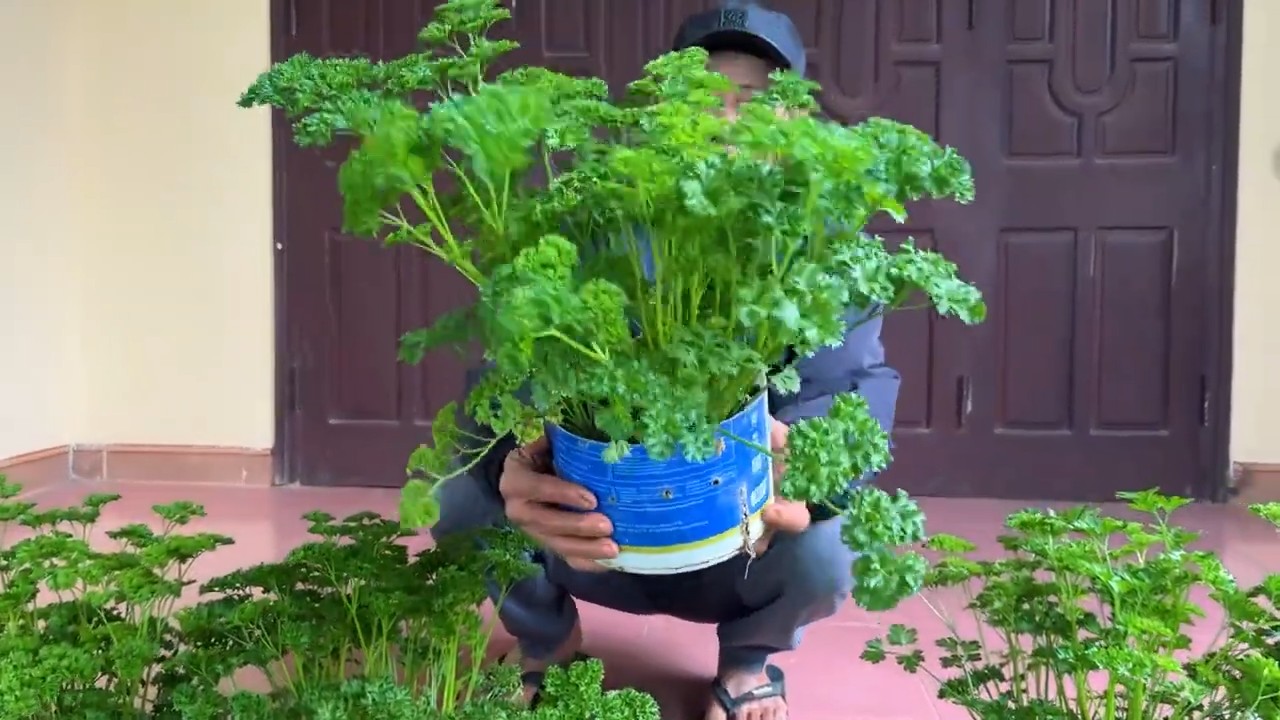
How to Grow Fresh Parsley Daily: A DIY Guide
Hello dear garden friends! I love fresh herbs, especially parsley. But in the supermarket, it’s often wilted and expensive. That’s why I came up with a method to harvest fresh parsley every day without needing much space or effort. And the best part: it’s super easy! Here, I’ll show you how you can do it too.
What You Need:
- Parsley seeds: Preferably organic quality, so you can be sure there are no harmful substances on them.
- Seed starting mix: This is loose and low in nutrients, ideal for germination.
- Pots or seed trays: I like to use small pots (approx. 8-10 cm in diameter), but seed trays work too.
- Mini-greenhouse or plastic wrap: To keep the humidity high.
- Spray bottle: For watering.
- Plant labels: So you know what you’ve sown.
- Patience: Parsley can be a bit fussy when it comes to germinating.
The Preparation:
Before we start, it’s important to prepare everything. This saves time and nerves.
- Prepare pots: Fill the pots with seed starting mix. Press the soil down lightly, but not too firmly.
- Prepare seeds (optional): Parsley seeds sometimes germinate a bit slowly. You can soak them overnight in lukewarm water to speed up the process. But this is not a must.
- Choose a location: Parsley needs a bright spot, but not direct midday sun. An east or west-facing windowsill is ideal.
Sowing and Germination:
Now comes the exciting part: Sowing!
- Sow seeds: Distribute 3-5 seeds per pot. Press them lightly into the soil and cover them with a thin layer of soil (approx. 0.5 cm).
- Water: Moisten the soil gently with the spray bottle. It should be damp, but not wet.
- Build a mini-greenhouse: Place the pots in a mini-greenhouse or cover them with plastic wrap. This ensures high humidity, which promotes germination.
- Place in a warm and bright spot: Put the mini-greenhouse in a warm and bright place. The ideal germination temperature is 20-25°C.
- Be patient: Parsley can take up to 3 weeks to germinate. Keep the soil moist and ventilate the mini-greenhouse regularly to prevent mold.
The Care:
As soon as the first seedlings are visible, the real care begins.
- Ventilate: Remove the plastic wrap or ventilate the mini-greenhouse regularly to improve air circulation.
- Water: Water the parsley regularly, but avoid waterlogging. The soil should always be slightly moist.
- Thinning out (optional): If the seedlings are too close together, you can thin them out. This means you remove the weakest plants so that the stronger ones have more space.
- Fertilizing (optional): After a few weeks, you can fertilize the parsley with an organic liquid fertilizer. This promotes growth.
- Sun: Make sure the parsley gets enough light. If it gets too little light, the leaves will become pale and the stems long and thin.
The Harvest:
Finally! Now you can harvest your own fresh parsley.
- Harvest time: You can harvest the parsley as soon as the leaves are large enough.
- Harvesting technique: Cut the outer leaves with scissors. This allows the plant to continue growing and produce new leaves.
- Harvest regularly: The more often you harvest, the bushier the parsley will become.
- Remove flowers: When parsley bolts (flowers), the leaves become bitter. Remove the flowers to encourage leaf growth.
The Trick for Daily Harvest:
Here’s the secret to how you can harvest fresh parsley every day:
- Succession planting: Sow new parsley seeds every 2-3 weeks. This way, you always have young plants that you can harvest.
- Multiple pots: Always have several pots of parsley ready. This gives you enough to choose from and you can harvest every day.
- Different varieties: Try different parsley varieties. There are flat-leaf and curly-leaf parsley, which differ slightly in taste.
Additional Tips:
- Snails: Parsley is very popular with snails. Protect your plants from being eaten by them.
- Diseases: Watch for signs of disease. Remove affected leaves immediately.
- Overwintering: Parsley is a biennial. In the first year, it forms leaves; in the second year, it flowers. You can overwinter it indoors.
- Drying: If you have too much parsley, you can dry it. Tie the stems together and hang them upside down in a dry and airy place.
Common Problems and Solutions:
- No germination: The seeds were too old, the soil was too dry or too cold. Use fresh seeds, keep the soil moist, and provide a warm environment.
- Yellow leaves: Too few nutrients or too much water. Fertilize the parsley and ensure good drainage.
- Mold: Too high humidity. Ventilate regularly and avoid waterlogging.
- Pests: Infestation with aphids or other pests. Spray the parsley with a mild soap solution.
Conclusion:
With this method, you can easily harvest fresh parsley every day. It’s not only delicious but also healthy and fun! Try it out and let me know how it worked for you. Happy gardening
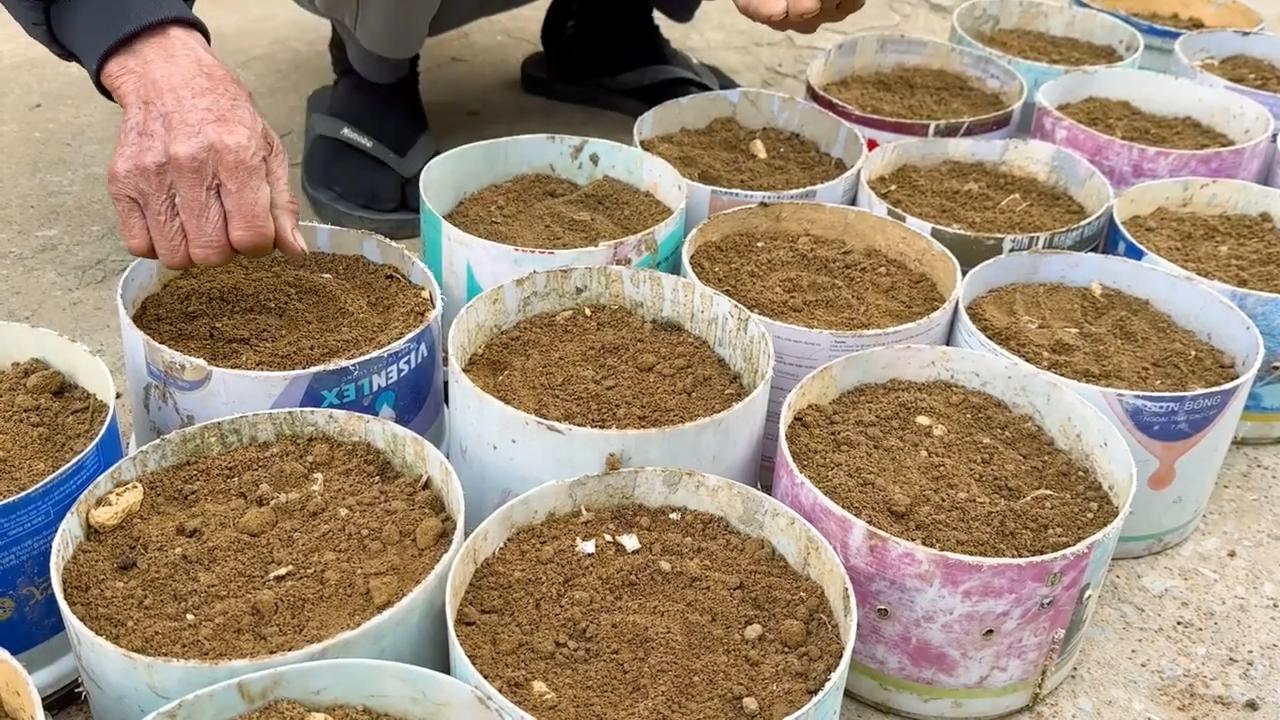
Conclusion
So, there you have it! Growing fresh parsley daily doesn’t have to be a chore or an expensive endeavor. This simple DIY trick transforms how you access this vibrant herb, ensuring you always have a ready supply for your culinary creations. Forget those wilted, sad-looking bunches from the grocery store. Imagine the burst of flavor you’ll add to your dishes with freshly snipped, fragrant parsley, grown right in your own home.
This method isn’t just about convenience; it’s about maximizing flavor and minimizing waste. By keeping your parsley plant thriving indoors, you’re extending its lifespan and preventing those inevitable trips to the store for yet another bunch that will likely end up forgotten in the crisper drawer. Plus, you’re reducing your carbon footprint by avoiding the transportation and packaging associated with store-bought herbs.
But the beauty of this DIY approach lies in its adaptability. Feel free to experiment with different types of parsley. Curly parsley offers a classic look and slightly milder flavor, while flat-leaf (Italian) parsley boasts a more robust and peppery taste. You can even try growing both varieties side-by-side for a diverse herb garden.
Consider the container you use as well. While a standard pot works perfectly well, you could also repurpose an old container or even create a self-watering system for even less maintenance. Think about using a decorative pot to add a touch of greenery to your kitchen windowsill.
Don’t be afraid to get creative! You can also use this method to grow other herbs like cilantro or chives, adapting the watering and light requirements as needed. The key is to provide consistent moisture, adequate sunlight, and a little bit of love.
We’re confident that once you try this DIY trick, you’ll be amazed at how easy and rewarding it is to grow your own fresh parsley daily. It’s a small change that can make a big difference in the flavor of your meals and the overall enjoyment of your cooking experience.
So, what are you waiting for? Grab a parsley plant, find a sunny spot, and get started! We’re eager to hear about your experiences. Share your photos, tips, and variations in the comments below. Let’s build a community of parsley-loving gardeners and inspire others to embrace the joy of growing their own fresh herbs. Happy growing!
Frequently Asked Questions (FAQ)
1. What kind of parsley plant should I buy?
The best type of parsley plant to buy depends on your personal preference. Curly parsley is a classic choice with a slightly milder flavor and decorative appearance. Flat-leaf (Italian) parsley has a more robust, peppery taste and is often preferred by chefs. Consider trying both to see which you prefer! When selecting a plant, look for one that is vibrant green, healthy-looking, and free from any signs of pests or disease. Avoid plants that are yellowing, wilting, or have brown spots. A healthy start is crucial for successful indoor growing.
2. How much sunlight does my parsley plant need?
Parsley thrives in bright, indirect sunlight. Aim for at least 6 hours of sunlight per day. If you don’t have a sunny windowsill, you can supplement with a grow light. Place the grow light about 6-12 inches above the plant and keep it on for 12-14 hours per day. Rotate the plant regularly to ensure even growth on all sides. Insufficient sunlight can lead to leggy growth and a less flavorful herb.
3. How often should I water my parsley plant?
Water your parsley plant when the top inch of soil feels dry to the touch. Avoid overwatering, as this can lead to root rot. Ensure that your pot has drainage holes to allow excess water to escape. A good rule of thumb is to water thoroughly until water drains out of the bottom of the pot, then allow the soil to dry slightly before watering again. During warmer months, you may need to water more frequently.
4. What kind of soil should I use for my parsley plant?
Use a well-draining potting mix that is rich in organic matter. A mix of peat moss, perlite, and vermiculite is a good option. Avoid using garden soil, as it can be too heavy and may not drain well. You can also add compost to the potting mix to provide extra nutrients. A slightly acidic to neutral pH is ideal for parsley.
5. How do I harvest parsley without killing the plant?
Harvest parsley by snipping off the outer stems near the base of the plant. Avoid cutting off more than one-third of the plant at a time, as this can stress the plant and slow its growth. Regular harvesting encourages the plant to produce more leaves. Use sharp scissors or pruning shears to make clean cuts.
6. Can I grow parsley from seed indoors?
Yes, you can grow parsley from seed indoors, but it can be a slow process. Parsley seeds can take several weeks to germinate. To improve germination rates, soak the seeds in water for 24 hours before planting. Sow the seeds about ¼ inch deep in a well-draining potting mix. Keep the soil moist and warm (around 70-75°F) until the seeds germinate. Once the seedlings emerge, provide them with plenty of light.
7. How do I fertilize my parsley plant?
Fertilize your parsley plant every 2-4 weeks with a balanced liquid fertilizer diluted to half strength. Avoid over-fertilizing, as this can burn the roots. You can also use a slow-release fertilizer at the time of planting. Look for a fertilizer that is specifically formulated for herbs or vegetables.
8. What are some common problems with growing parsley indoors?
Some common problems with growing parsley indoors include aphids, spider mites, and fungal diseases. Inspect your plant regularly for signs of pests or disease. If you find any pests, you can try washing them off with a strong stream of water or using an insecticidal soap. To prevent fungal diseases, avoid overwatering and ensure good air circulation.
9. Can I transplant my parsley plant outdoors?
Yes, you can transplant your parsley plant outdoors in the spring or fall. Choose a location that receives at least 6 hours of sunlight per day and has well-draining soil. Harden off the plant by gradually exposing it to outdoor conditions for a week before transplanting. Dig a hole that is slightly larger than the root ball and gently place the plant in the hole. Backfill with soil and water thoroughly.
10. How long will my parsley plant last?
Parsley is a biennial plant, which means it typically lives for two years. In the first year, it produces leaves, and in the second year, it flowers and sets seed. After flowering, the plant will decline and die. To prolong the life of your parsley plant, you can pinch off the flower buds as they appear. With proper care, you can enjoy fresh parsley from your plant for several months, even a year or more.

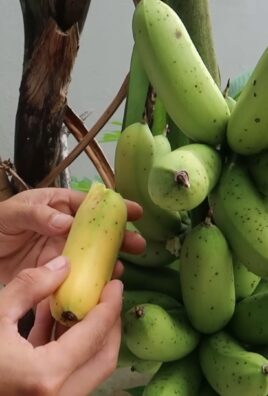
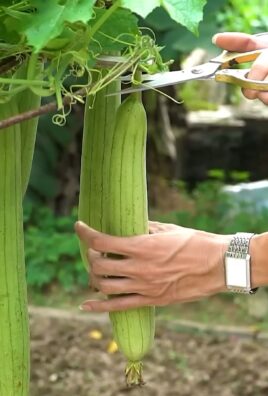
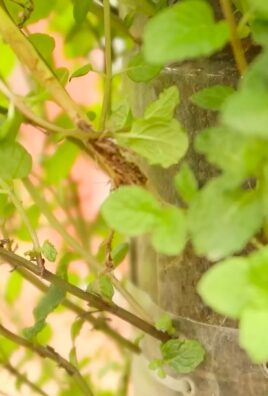
Leave a Comment